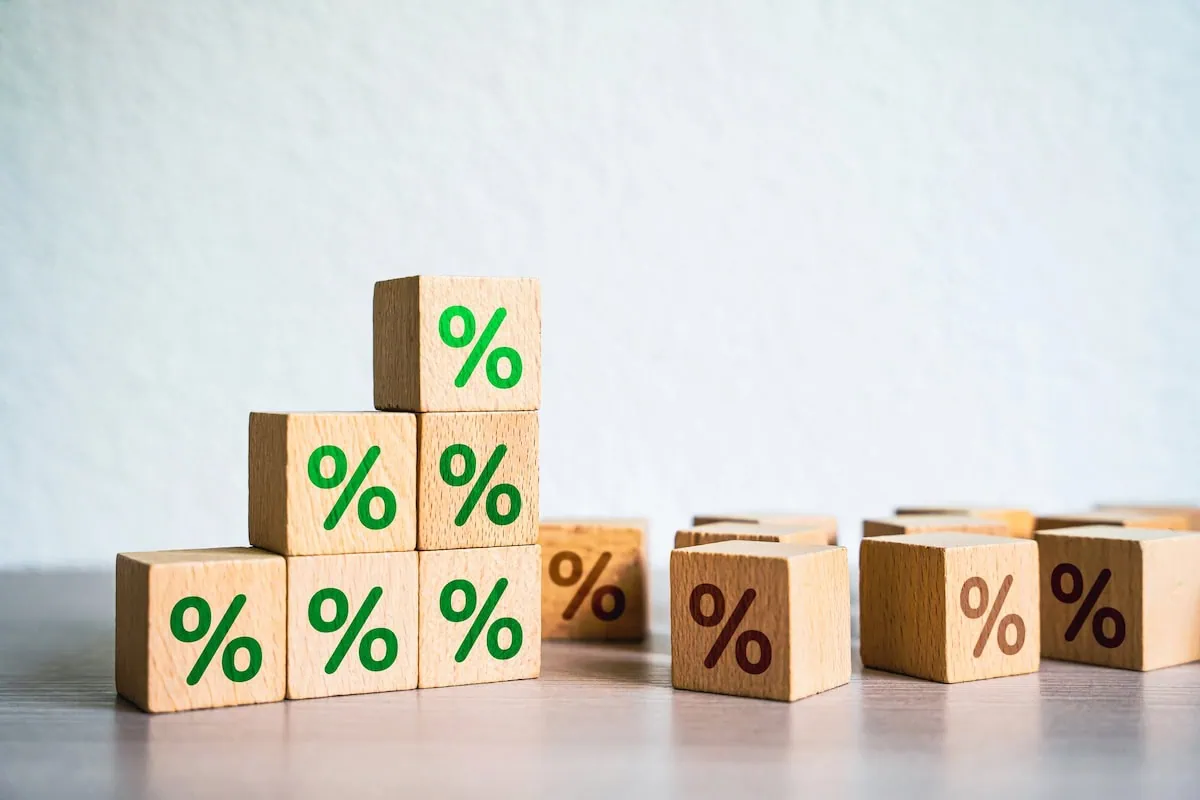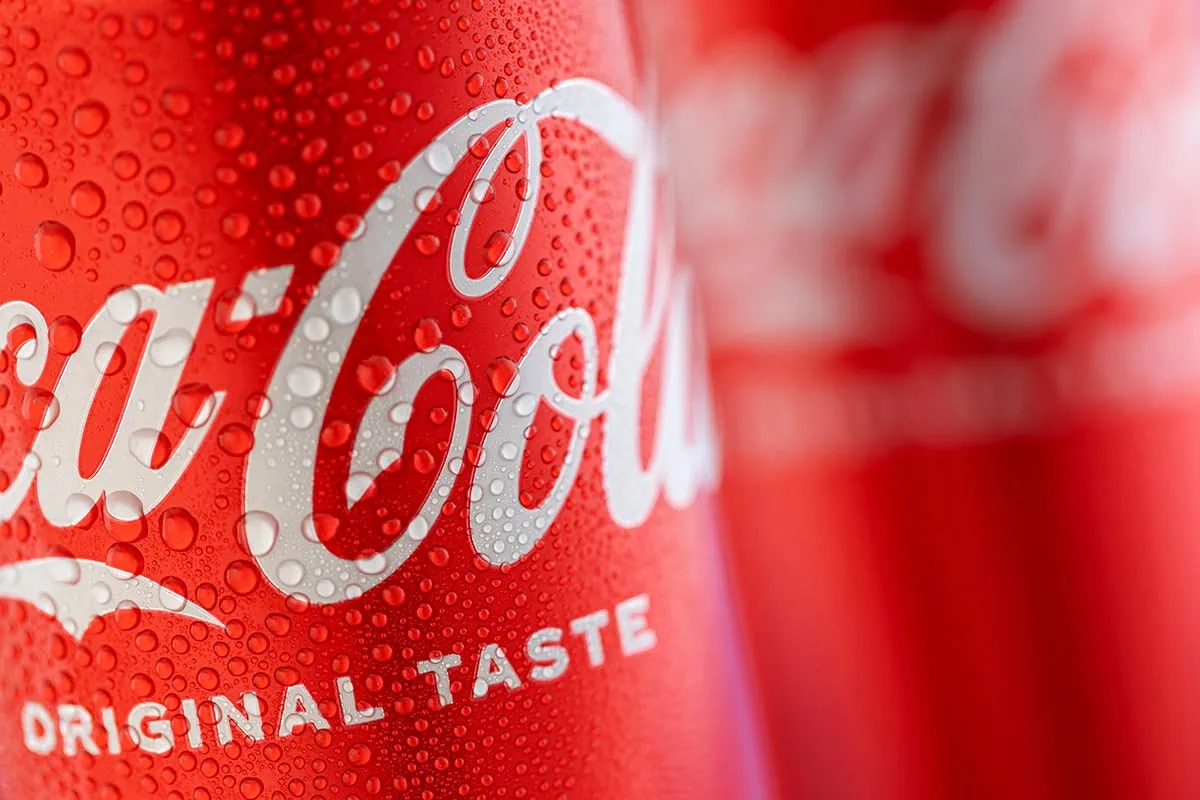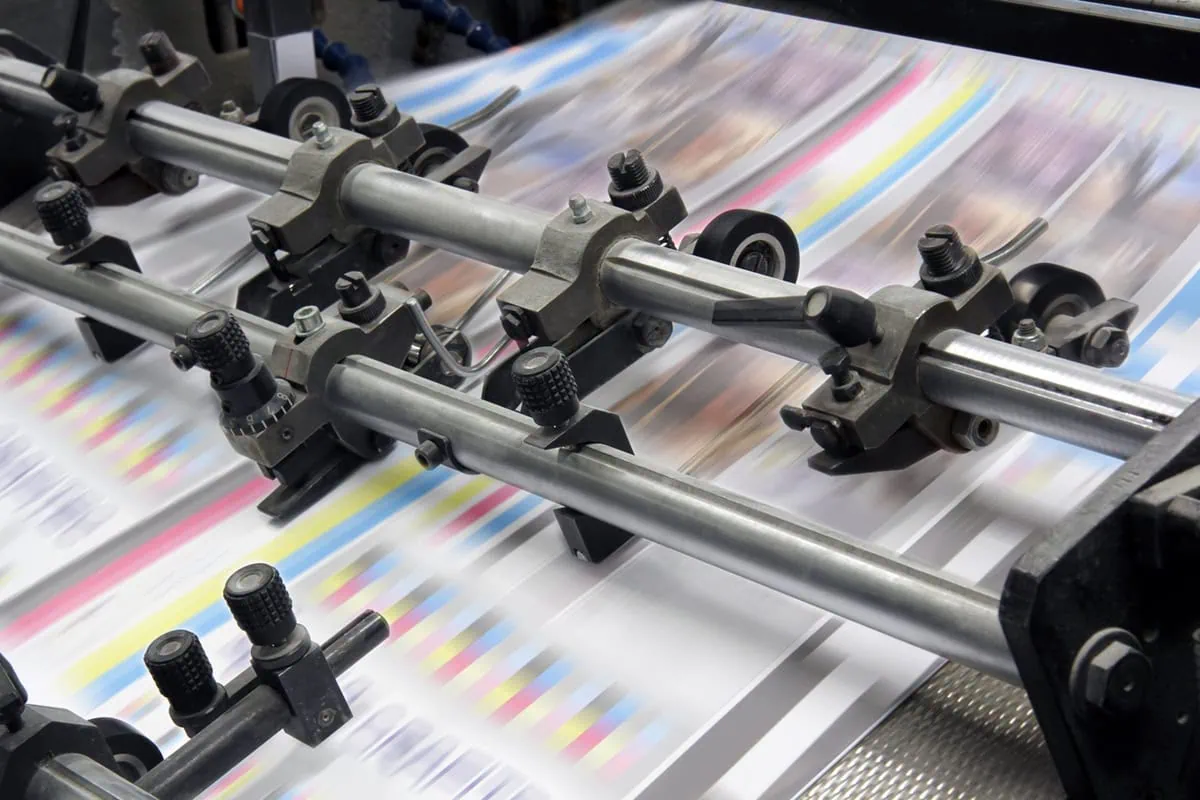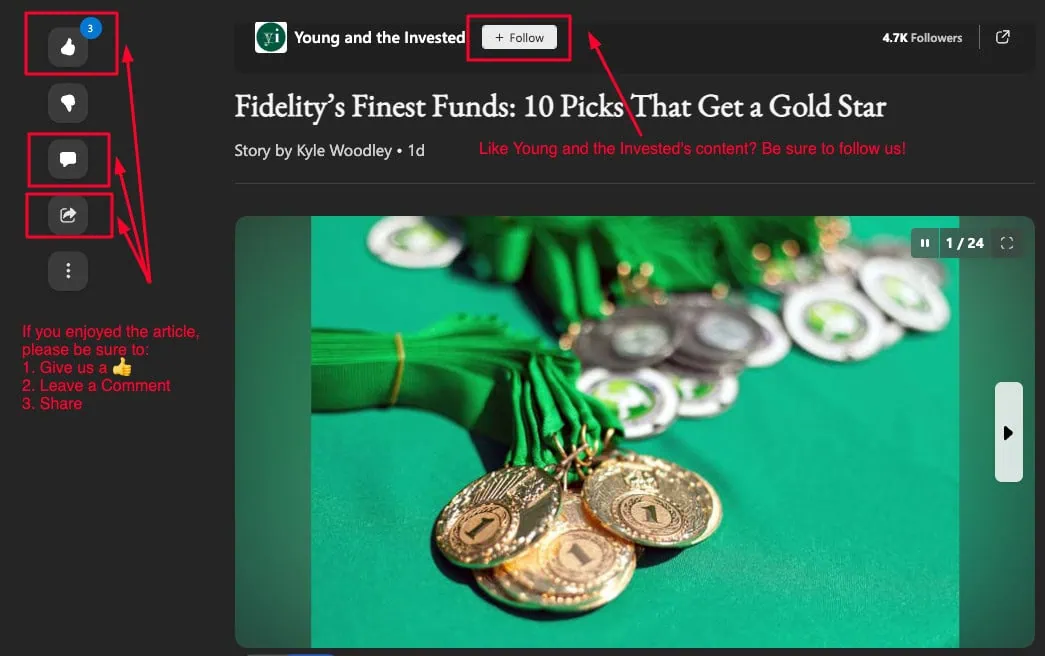When a company pays you a dividend, that dividend is more than extra cash in your pocket—it’s a signal.
If your business is going broke, you’re not going to reach your hand into the company coffers, grab a stack of dollars, and throw them at your shareholders. A dividend, then, is typically a statement in action by management that’s confident in its ability to generate profits. And if every year, for years, they not only keep paying a dividend but growing it? That says a lot not just about the company’s financial durability over time, but also its commitment to rewarding shareholders.
In fact, if you keep upping the ante on your dividends for long enough, Wall Street will hold you in high enough esteem to let you enter a prestigious club: the Dividend Kings.
Let me introduce you to the S&P 500’s 30-plus Dividend Kings—a group of truly impressive dividend payers that have kept their foot on the distribution pedal for decades on end.
Editor’s Note: Tabular data appearing in this article is up-to-date as of Sept. 23, 2025.
Table of Contents
Why Dividend Growth Matters

As most of our readers know, dividend stocks are so named because they pay cash distributions (called “dividends”) to their shareholders. They usually do so on a regular basis—quarterly is the norm here in the U.S., but it can be as infrequent as annually and as frequent as monthly.
That gives you two sources of potential return: Capital appreciation (stock go up), and dividend income.
Well, you’ve assuredly heard the business-world phrase, “If you’re not growing, you’re dying.” That’s not a concrete truth as it pertains to dividend stocks, but it’s a good credo to live by.
Said differently: If you’re going to invest in a dividend stock, one of the top qualities to look for is whether that stock routinely increases that dividend, for two reasons:
Reason 1: Dividend Growth Is Often a Sign of Quality

When a company starts paying a regular dividend, they’re making a statement. Put bluntly, they’re saying, “We have the profits to do this, and we expect to continue having the profits to do this.”
That’s a signal of a business’s operational quality. And a company sends a similar signal when it increases its dividend. It means they’re increasingly optimistic that their baseline of profits will continue growing.
And if you’re saying to yourself, “Well, sometimes companies cut or suspend their dividends,” you’re right. Investing is an imperfect science. But for what it’s worth, those are extremely infrequent actions compared to how often companies keep their payouts level or raise them.
Reason 2: Dividend Growth Improves Your ‘Yield on Cost’

Go to your favorite stock-data site and look up a dividend stock like, say Exxon Mobil (XOM). The dividend yield—the percentage of a stock’s price you can expect to receive in dividends in a given year—reflects the yield on today’s prices.
But if you buy a stock at a 1% yield today, and it raises its dividend over time, your “yield on cost” (the yield you’re receiving on the price you paid when you bought the stock) will eventually climb to 2%, 3% … you get the picture.
That’s not just nice because more money = more money. It’s actually really vital, especially when you’re in retirement and living on a fixed income, that the dividend income you depend on is at least growing at the rate of inflation. If your dividend stock keeps its payout level year in and year out, that dividend is actually losing spending power.
Dividend growth that lasts for even a few years is an encouraging feat, but the longer that streak goes, the more impressive it becomes. That’s because dividend hikes don’t happen in a bubble—over a long enough time, they’re happening during wars, pandemics, recessions, depressions, you name it. That not only is a signal that a business’s profits are downright durable—it’s also evidence that the company is committed to enhancing shareholder value.
And that brings us to Dividend Kings.
Related: 11 Best Stock Trading Apps [Free + Paid]
Well, OK: First, the Dividend Aristocrats

I lied. That doesn’t bring us to Dividend Kings. Not directly, anyways.
That actually brings us to Dividend Aristocrats—stocks that have raised their payouts on an annual basis, without interruption, for at least 25 years. It’s a fairly exclusive club of about 70 stocks, most of which (but not all) are well-known blue chips that you could easily pick out of a lineup.
Of course, it’s one thing to get into La Porte d’Argent. It’s another to have a gold membership.
The Dividend Kings are a very exclusive subset of the fairly exclusive Dividend Aristocrats. To pop a crown on its head, a company must deliver at least a half-century’s worth of raises without blinking. For context: Every Dividend King started paying dividends before Steve Wozniak churned out the first Apple computer!
If that made any of you feel old, I’m sorry.
Anyhoo, if 25 years of dividend growth is impressive, then 50 years is doubly so. That means these dividends didn’t just survive, but continued to thrive, during a host of calamities, including at least six recessions, the dot-com bust, the Great Financial Crisis, COVID, and New Coke.
Related: 15 Best Investing Research & Stock Analysis Websites
The Dividend Kings

So, what are these fabled corporations? Here are the 32 Dividend Kings from within the S&P 500 Dividend Aristocrats, which is largely populated with large- and bigger mid-cap stocks, including their annual dividend-growth streak. Stocks are listed by sector.
Consumer Discretionary
— Lowe’s (LOW): 64 years
— Genuine Parts (GPC): 69 years
Consumer Staples
— Walmart (WMT): 52 years
— ADM (ADM): 53 years
— PepsiCo (PEP): 53 years
— Kimberly Clark (KMB): 53 years
— Target (TGT): 54 years
— Sysco (SYY): 55 years
— Altria Group (MO): 57 years
— Hormel Foods (HRL): 59 years
— Colgate-Palmolive (CL): 62 years
— Kenvue (KVUE): 63 years
— Coca-Cola (KO): 63 years
— Procter & Gamble (PG): 69 years
Financials
— S&P Global (SPGI): 53 years
— Cincinnati Financial (CINF): 65 years
Health Care
— Abbott Laboratories (ABT): 53 years
— AbbVie (ABBV): 53 years
— Becton Dickinson (BDX): 53 years
— Johnson & Johnson (JNJ): 63 years
Industrials
— W.W. Grainger (GWW): 54 years
— Stanley Black & Decker (SWK): 58 years
— Illinois Tool Works (ITW): 62 years
— Nordson (NDSN): 62 years
— Emerson Electric (EMR): 68 years
— Parker Hannifin (PH): 69 years
— Dover (DOV): 70 years
Materials
— Nucor (NUE): 52 years
— PPG Industries (PPG): 54 years
Real Estate
— Federal Realty Investment Trust (FRT): 58 years
Technology
— Automatic Data Processing (ADP): 50 years
Utilities
— Consolidated Edison (ED): 51 years
Let’s take a closer look at just a couple so you can really get a feel for what it takes as a business to make it on this list:
Related: How to Invest Money: 5 Steps to Start Investing w/Little Money
Do you want to get serious about saving and planning for retirement? Sign up for Retire With Riley, Young and the Invested’s free retirement planning newsletter.
Coca-Cola

— Sector: Consumer staples
— Dividend yield: 3.1%
— Dividend-growth streak: 63 years
In case you haven’t noticed by now, consumer staples stocks feature prominently among the Dividend Kings.
Consumer staples stocks—companies that make goods considered to be basic necessities—are as resilient as they come. That’s because when times get tough, households might spend less on vacations and designer jeans, but they’re not going to stop going to the grocery store. (That’s why staples make for some of the best dividend stocks for beginners, too.)
The next consumer staples name on our list is Atlanta-based beverage titan Coca-Cola (KO), which has more than 130 years of operating history and currently serves up more than 200 brands to more than 200 countries and territories.
Sugary soft drinks might not be a growth business in an age of healthier living, but Coca-Cola products still enjoy strong baseline demand. Plus, this mega-cap powerhouse is more than just Coke. Coca-Cola boasts a wide variety of other beverage brands, including Vitaminwater and Dasani water, Fuze teas, Powerade sports drinks, Minute Maid juices, Costa Coffee, and many more.
KO announced a 5% hike to its payout, to 51¢ per share, in February 2025, marking its 63rd consecutive annual dividend increase. That long-standing and long-growing dividend is why Coca-Cola’s shares have so much institutional demand, including a massive stake held by Warren Buffett’s Berkshire Hathaway (BRK.B). Buffett’s holding company is KO’s largest shareholder, at more than 9% of the company’s shares—a strong foundation for share prices, as well as a mandate for consistent and generous dividends.
Related: 7 Best Value Stocks for 2025 [Smart Picks to Buy]
Dover

— Sector: Industrials
— Dividend yield: 1.2%
— Dividend-growth streak: 70 years
Established in 1955 and headquartered in Downers Grove, Illinois, Dover (DOV) is a diversified global manufacturer, providing innovative equipment, components, and services across multiple industries, including energy, engineered systems, fluids, and refrigeration and food equipment.
The company’s strategic approach to diversification and its focus on industrial innovation have been central to its enduring financial performance. Dover provides everything from radio frequency and microwave filters for defense and aerospace firms to trash compactors and recycling balers. This wide variety of competencies has helped Dover weather the ups and downs of the competitive, cyclical industrial manufacturing industry.
Dover has a long and storied history of consistent dividend payments that includes a seven-decade streak of annual payout increases, making it the S&P 500’s longest-paying Aristocrat and King.
DOV’s past few dividend bumps admittedly have been small—increases of roughly 1%, including a half-cent uptick announced in August 2025 to 52¢ per share quarterly. Still, Dover maintains an extremely conservative payout ratio that’s currently just 20% of estimated 2026 earnings, ensuring that rain or shine, the company should be able to afford its dividend while reinvesting most of its profits back into the business.
Want to talk more about your financial goals or concerns? Our services include comprehensive financial planning, investment management, estate planning, taxes, and more! Schedule a call with Riley to discuss what you need, and what we can do for you.
Mega-Yielding Funds You’ve Never Heard Of

You’ve assuredly heard of mutual funds and exchange-traded funds (ETFs). But how much do you know about closed-end funds (CEFs)?
If the answer is “not much,” don’t worry—they get a fraction of the attention of those other investment funds. But you should also learn more about them. That’s because CEFs have a host of enticing characteristics, including that they frequently pay mammoth yields. Check out our list of the best CEFs, many of which pay in the high-single and even double digits.
Related: 13 Best Long-Term Stocks to Buy and Hold Forever

As even novice investors probably know, funds—whether they’re mutual funds or exchange-traded funds (ETFs)—are the simplest and easiest ways to invest in the stock market. But the best long-term stocks also offer many investors a way to stay “invested” intellectually—by following companies they believe in. They also provide investors with the potential for outperformance.
So if you’re looking for a starting point for your own portfolio, look no further. Check out our list of the best long-term stocks for buy-and-hold investors.
Please Don’t Forget to Like, Follow and Comment

Did you find this article helpful? We’d love to hear your thoughts! Leave a comment with the box on the left-hand side of the screen and share your thoughts.
Also, do you want to stay up-to-date on our latest content?
1. Follow us by clicking the [+ Follow] button above,
2. Subscribe to Retire With Riley, our free weekly retirement planning newsletter, and
3. Give the article a Thumbs Up on the top-left side of the screen.
4. And lastly, if you think this information would benefit your friends and family, don’t hesitate to share it with them!





